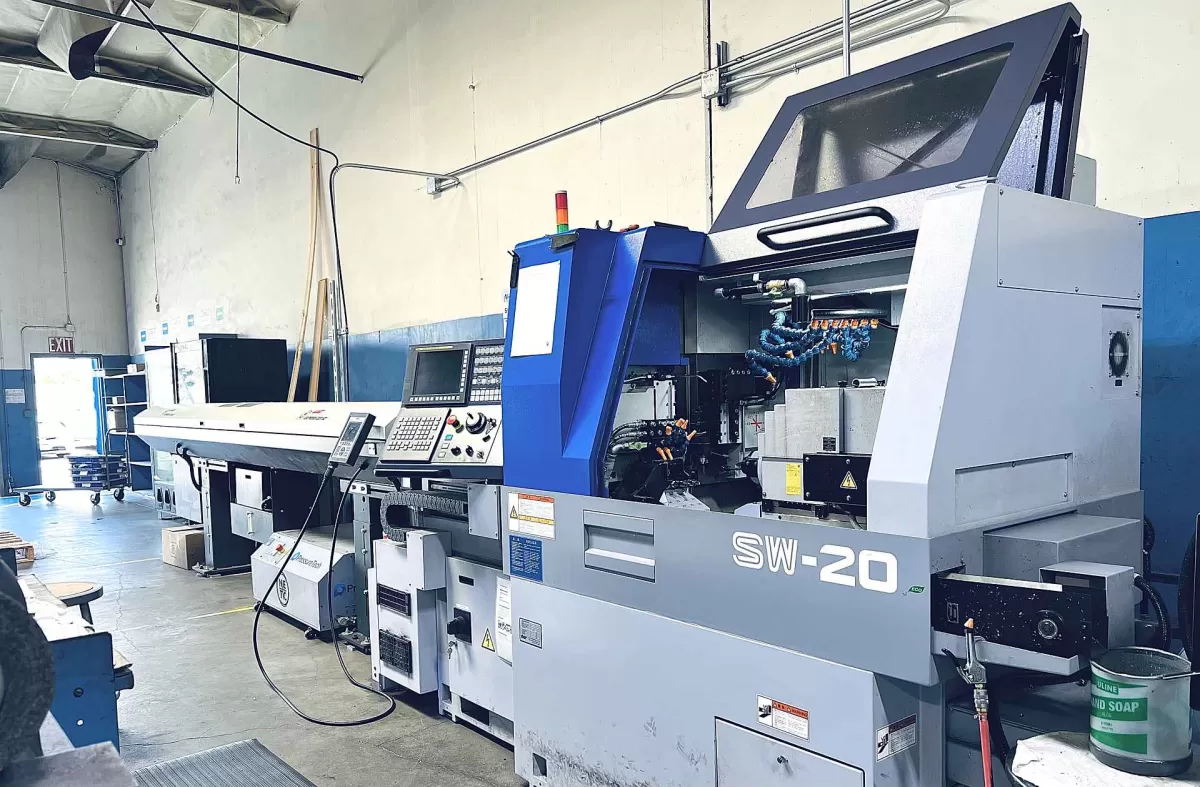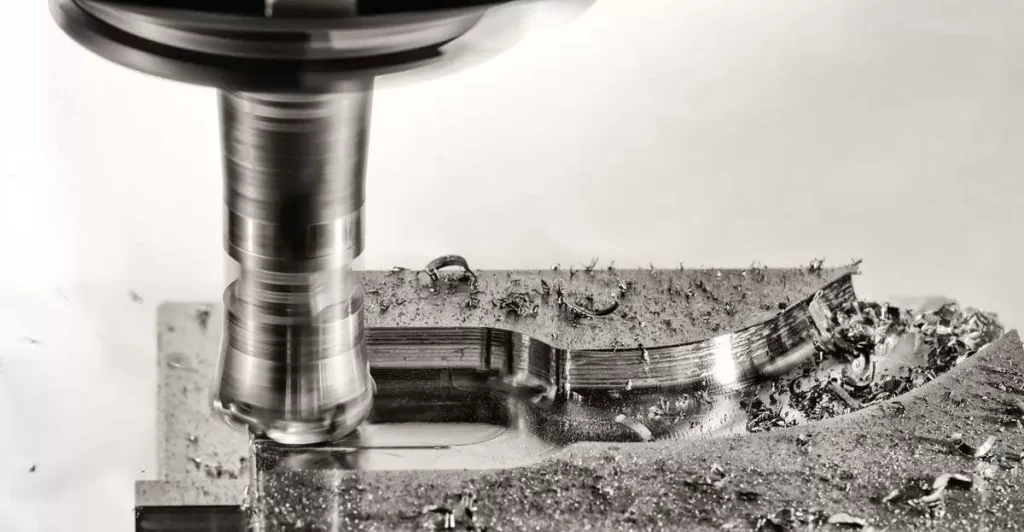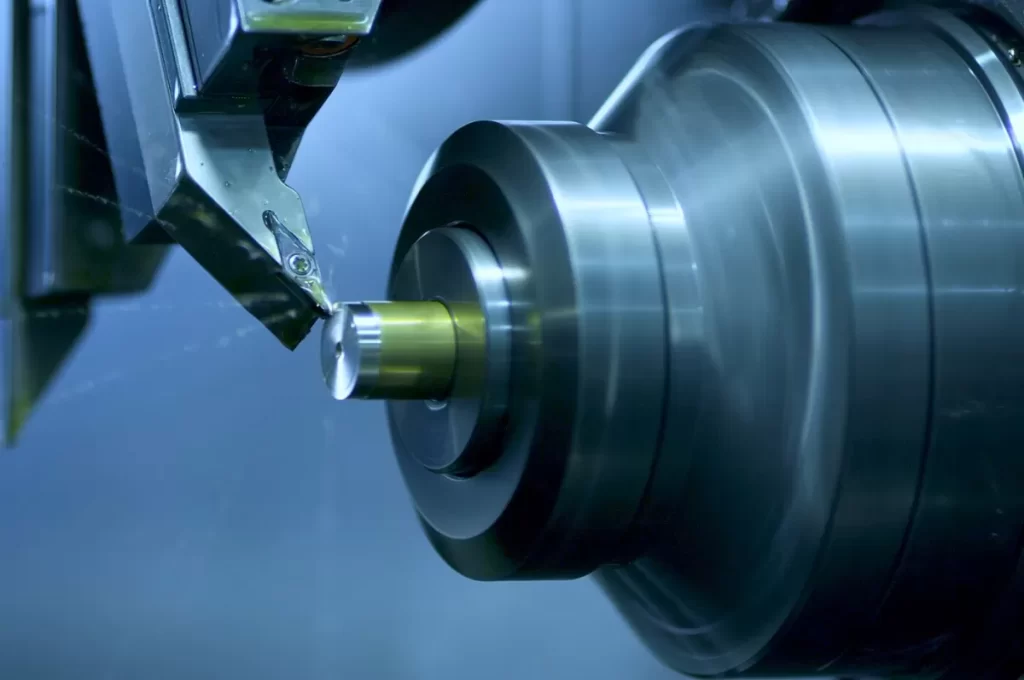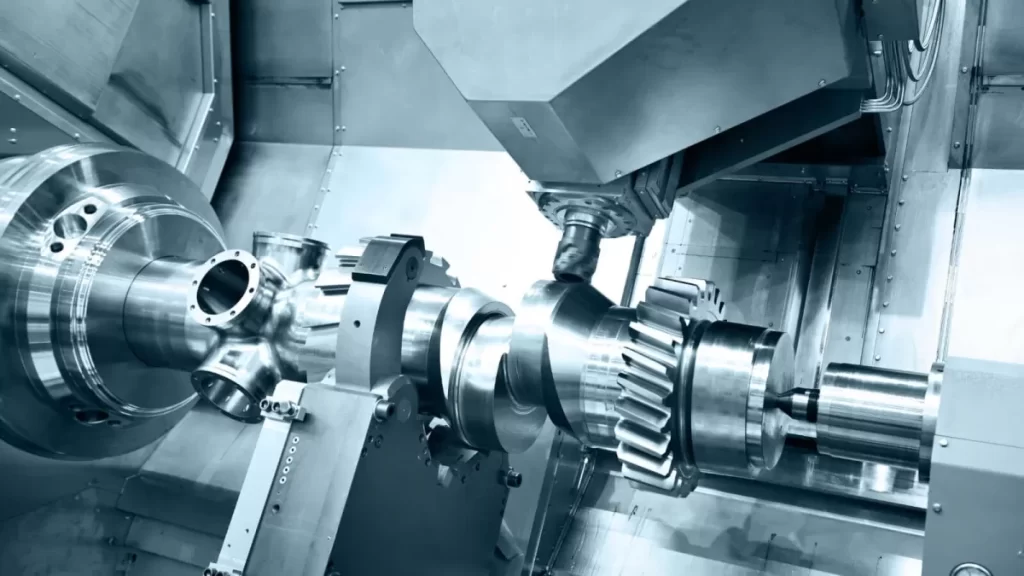Are you torn between a CNC Swiss lathe and a CNC lathe for your next manufacturing project? Choosing the right machine can transform your production efficiency and precision. At HYCNC, we’ve seen firsthand how the right equipment drives success in industries like medical, aerospace, and automotive. With years of expertise in CNC machining, we’re here to break down the differences between these two powerhouse machines. Dive into this guide to discover which one fits your needs and why HYCNC is your go-to partner for precision manufacturing!
What is a CNC Swiss Lathe
At HYCNC, we know the precision demands that come with small, intricate parts—this is where a CNC Swiss lathe shines. Originally developed in the Swiss watchmaking industry, the CNC Swiss lathe was designed to produce tiny, highly detailed components with exceptional accuracy.
So, what makes a CNC Swiss lathe different? It features a sliding headstock and a guide bushing that supports the workpiece very close to the cutting tool. This setup minimizes deflection and vibration, which is critical for machining long, slender parts with tight tolerances. Plus, these machines come with multi-axis control and often include a sub-spindle, allowing multiple machining operations to be done simultaneously.
Here’s how it works: bar stock is fed through the guide bushing, which firmly supports the material as the sliding headstock moves it precisely along the Z-axis. This setup allows incredibly precise cuts, down to ±0.0001 inches, making it ideal for parts that demand perfect detail and consistency.
CNC Swiss lathes are best for manufacturing small, complex components used in:
- Medical devices and implants
- Aerospace connectors and fasteners
- Electronics and miniature parts
- Watchmaking gears and casings
The benefits are clear: unmatched precision, reduced cycle times thanks to simultaneous operations, and minimal deflection ensuring quality parts every run. If your project demands tiny parts with exacting standards, the CNC Swiss lathe is a game-changer.
What is a Standard CNC Lathe
A standard CNC lathe is a machine that rotates a workpiece while cutting tools stay stationary and move along it to shape the material. This setup is great for making larger, simpler parts.
Key Features
- Fixed headstock holds the workpiece steady
- Single spindle design
- Usually operates with 2 to 4 axes
How It Works
- The part is clamped in a chuck or collet
- Cutting tools move to cut and shape the material
Ideal Applications
- Larger cylindrical parts
- General-purpose machining
- Automotive components and industrial equipment
Benefits
- Very versatile for a wide range of parts
- Cost-effective, especially for bigger workpieces
- Easier to operate compared to more complex machines
If you need reliable, straightforward machining for medium to large parts, a standard CNC lathe is often the best choice.
Key Differences Between CNC Swiss Lathe and CNC Lathe
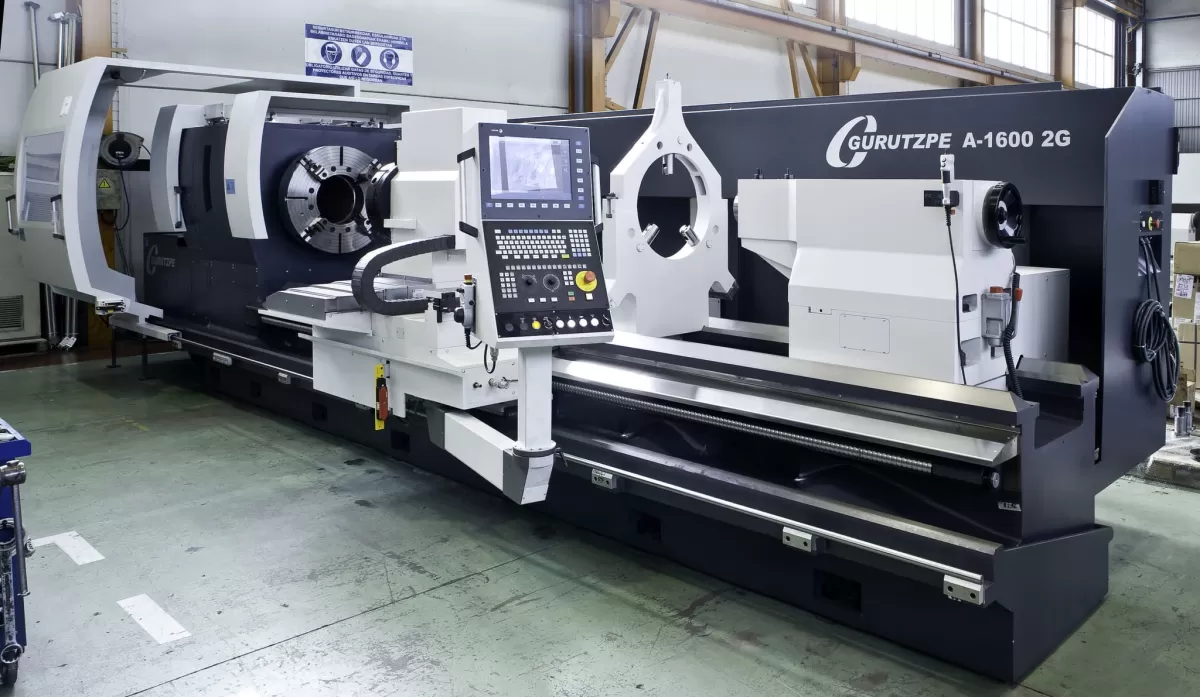
Workpiece Support
- CNC Swiss lathes use a guide bushing that holds the workpiece tightly, minimizing deflection. This is ideal for long, slender parts that need tight tolerances.
- Standard CNC lathes hold the workpiece with a chuck or collet, which works well for thicker parts but is less effective for slender shapes.
Headstock Design
- CNC Swiss lathes feature a sliding headstock that moves the bar stock along the Z-axis, allowing for continuous, precise machining.
- CNC lathes have a fixed headstock, so the cutting tools move to the workpiece instead.
Axis Capabilities
- CNC Swiss machines can run up to 13 axes, enabling highly complex shapes and multi-operation processes in one setup.
- Typical CNC lathes operate with 2 to 4 axes, which limits the complexity of parts they can produce.
Tooling Systems
- CNC Swiss lathes use modular, quick-change tooling for faster setups and reduced downtime.
- CNC lathes rely on standard tooling, which generally means slower tool changes.
Precision and Tolerances
- CNC Swiss machining offers micron-level precision, perfect for intricate parts with very tight tolerances.
- CNC lathes are suitable for broader tolerances and less detailed machining.
Part Size and Complexity
- CNC Swiss lathes excel with small parts, typically under 32mm in diameter, making them go-to for detailed, miniature components.
- CNC lathes are better suited for larger, heavier workpieces with simpler geometry.
Cycle Time and Efficiency
- Swiss machines perform multiple operations simultaneously, which significantly cuts down cycle time.
- Standard CNC lathes usually perform operations one after another, leading to longer cycle times on complex parts.
Coolant Systems
- CNC Swiss lathes use oil-based coolant, which provides better heat dissipation and improves machining precision.
- CNC lathes commonly use water-based coolant, which is less effective for the fine precision needed in micro-machining.
Understanding these differences helps you pick the right machine based on your part size, complexity, precision needs, and production volume.
Pros and Cons of Each Machine
CNC Swiss Lathe Pros
- Exceptional precision, often down to ±0.0001 inches
- Ideal for high-volume production runs with consistent quality
- Reduces or eliminates secondary operations, saving time
- Minimal material waste thanks to precise cutting and support
CNC Swiss Lathe Cons
- Higher initial investment and maintenance costs
- Limited to smaller diameter parts, typically under 32mm
- Requires skilled operators familiar with Swiss screw machining
CNC Lathe Pros
- More cost-effective, especially for larger parts
- Versatile, able to handle a wide range of sizes and shapes
- Easier to operate with less specialized training required
CNC Lathe Cons
- Less precise, especially on long, slender parts prone to deflection
- Slower when machining complex geometries due to fewer axes and sequential operations
- Not as effective for micro-machining or parts requiring ultra-tight tolerances
Choosing between the two depends largely on your part size, precision needs, and production volume.
Applications and Industry Use Cases
CNC Swiss lathes are ideal for industries that need tiny, precise parts with tight tolerances. You’ll find them making medical items like bone screws and implants, aerospace connectors, fasteners, and miniature electronics components. They’re also a go-to for watchmaking gears and casings where every micron counts.
On the other hand, standard CNC lathes handle bigger and tougher parts. They’re widely used in automotive for engine blocks and gears, industrial equipment manufacturing, heavy-duty parts, consumer goods, and even sporting equipment. These machines shine when you need larger, less intricate workpieces and versatility.
At HYCNC, we use both CNC Swiss lathes and CNC lathes to cover a broad range of machining needs. Whether you require high-precision small parts or larger components, our team matches your project with the right machine. This approach keeps costs efficient while delivering the quality and accuracy our clients expect.
Which Machine Should You Choose
Choosing between a CNC Swiss lathe and a standard CNC lathe depends on several key factors:
- Part size: If your parts are small and slender (usually under 32mm diameter), the CNC Swiss lathe is a better fit. For larger parts, a CNC lathe is more suitable.
- Complexity: For highly intricate parts with tight tolerances and multiple detailed features, the CNC Swiss excels. Simpler cylindrical parts don’t need that level of precision.
- Production volume: High-volume production of small, complex parts benefits from the CNC Swiss lathe’s efficiency and precision. For lower volume or larger part runs, a CNC lathe works well.
- Budget: CNC Swiss machines cost more upfront and require specialized operators. If budget is tight, the standard CNC lathe is more cost-effective.
- Precision needs: Parts requiring micron-level accuracy and minimal deflection call for the CNC Swiss lathe. When your tolerance range is broader, the CNC lathe performs adequately.
At HYCNC, we evaluate these factors carefully to recommend the best machine for your project. Whether you need ultra-precise watch components or durable automotive parts, we guide you to the right CNC solution to balance cost, quality, and turnaround time.
Why Choose HYCNC for Your CNC Machining Needs
At HYCNC, we bring together advanced CNC Swiss machining and standard CNC lathe capabilities to handle a wide range of projects. Whether you need high-precision small parts or larger general-purpose components, our state-of-the-art equipment delivers consistent, top-quality results.
We focus on precision, speed, and customer satisfaction in everything we do. Our team understands the unique challenges of CNC turning services and works closely with you to meet your exact specs on time and on budget.
Our services cover custom machining, prototyping, and high-volume production, making us a reliable partner for businesses across medical, aerospace, electronics, and industrial sectors.
Ready to optimize your project with expert CNC machining? Contact HYCNC today for a quote or consultation and let us help you find the best solution for your manufacturing needs.

